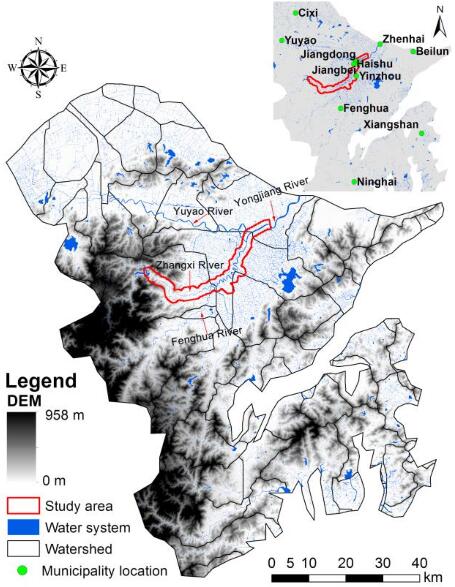

Regional soil quality issues arising from rapid urbanization have received extensive attention. The riverbank that runs through a city is representative of urbanization gradient transformation. Thirty soil samples in the Yangtze River Delta urban agglomeration were collected and analyzed for the concentrations of seven analytes. Correlation, principle component analysis, cluster analysis and GeoDetector models suggested that the four groups (Cr-Ni-Cu, Cu-Zn-As-Sb, Cd and Pb) shared the same sources in the core urban region; five groups (Cr-Ni-Cu-Zn, As, Cd, Sb and Pb) in the suburbs and three groups (Cr-Ni, Cu-Zn-Cd-Sb-Pb and As) in the exurbs. GeoDetector methods not only validated the results of the three other methods, but also provided more possible impact factors. Besides the direct influences, the interaction effects among factors were quantified. Interactive combination with strong nonlinear increment changed from between-two-weak factors in the central region to between-strong-and-weak factors in the suburbs. In the exurbs, the stronger interaction effects were observed between strong and weak factors. Therefore, the GeoDetector model, which provided more detailed information of artificial sources could be used as a tool for identifying the potential factors of toxic elements and offering scientific basis for the development of subsequent pollution reduction strategies.

This is an open access article distributed under the Creative Commons Attribution License which permits unrestricted use, distribution, and reproduction in any medium, provided the original work is properly cited (CC BY 4.0).